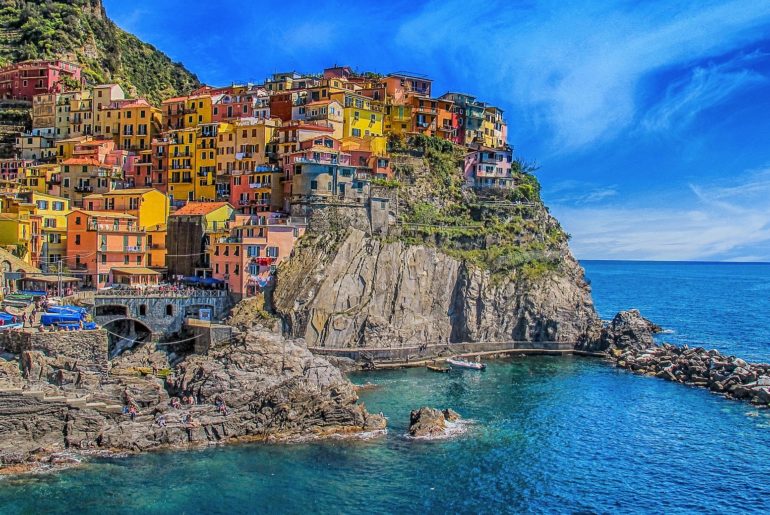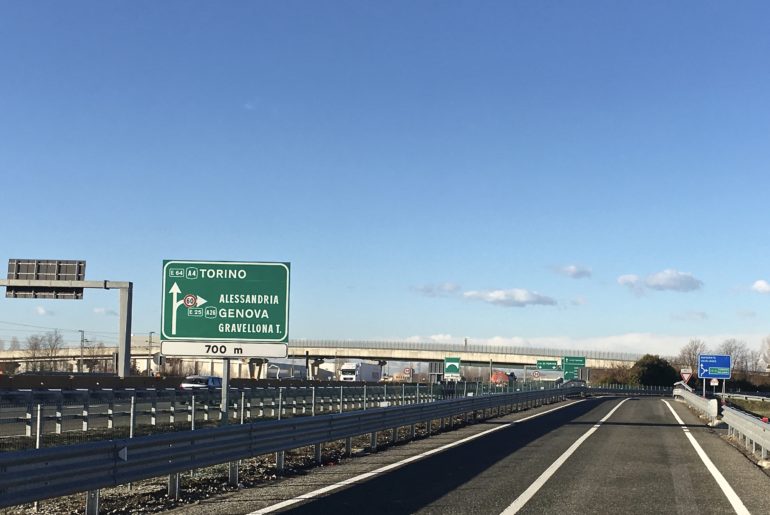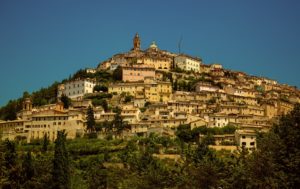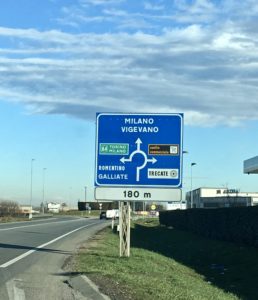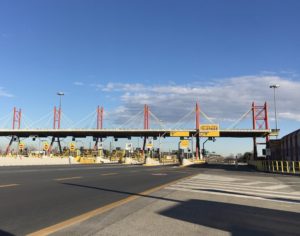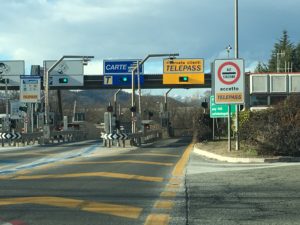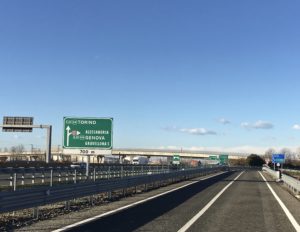Life is a… Beach. Italian Style
So, you want to go to Italy and take advantage of the beautiful summer weather to soak up some sun and swim in the blue warm waters of the Mediterranean. You are hoping to find a nice secluded beach where the only sounds are the waves crashing on the beach.
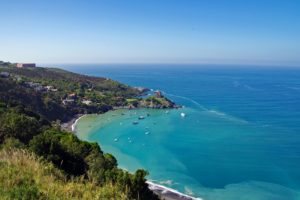
Unfortunately more often than not, these places are rare to find, as most beaches are often crowded by beachgoers. If tourists flock the scogli (reefs) of Sardegna and Campania or maybe Liguria too between October and May, then that may be the case. In the summer months, on the other hand, Italians live for the beach and water, so they tend to crowd them.
You Wonder Why?
Italian beach culture is a love triangle between Italians, the sea and the sweet life of doing nothing.
21 million Italians will hit the Italian beaches between July and August. Add a “couple” of foreigners, too.. well more like several millions.
Italians rush the beaches for at least 10 days but many will extend their holidays for the whole month.
Many are willing to work extra weekends, save on dinners, sacrifice make-up and fashion purchases so that they can add extra days to their beach holiday.
No other country has a need to be at the beach and under the sun like Italians do. They justify all of this because it’s the only time that they can completely detach from the day to day stress of work, kids, traffic, crowds and everything else that drives them crazy during the year.
54% of Italians will be going on a beach holiday during the year.
85% will go in July and August.
60% of them will stay at least 10 days.
So What Do Italians Do at the Beach?
A typical beach holiday to Italians consists of the following:
- wake up
- have breakfast
- pick up all possible newspapers
- walk to beach
- sit under the rental umbrella on their rental loungers until noon
- head back to hotel or apartment for lunch
- back down to the beach at around 3 PM, and stay till 6 PM.
- shower at the hotel or apartment,
- go to dinner and then for a passeggiata (stroll) and have a gelato.
- They do this everyday that they are on holiday.
Don’t Worry… Be Italian
Italians’ only worry is about how dark of a tan they want. This is the time that the saying “il dolce far niente” (the sweet doing nothing ) comes in to play and they bare no excuses for it. During their holiday, each Italian will read 5000 books and newspapers. They even have libraries on the beaches to help with their choices.
Add a few walks down the beach, build a half a dozen sand castles. If you really want to feel Italian, build a sand race track with bent turns and tunnels, get yourself some plastic marbles and race for the ultimate prize…A ghiacciolo al limone ( lemon icecicle).
Now you are set!!
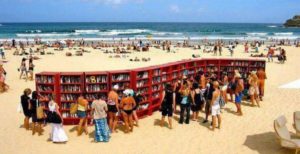
Conversations with umbrella-neighbours centre around politics and soccer or, more recently, about food and recipes. Recent surveys show that these are now the most talked about topics on beaches.
Ongoing arguments with their kids about getting in the water too soon after having had a snack are also often overheard. Italians believe that one should not enter the water for at least three hours after having had food (joking, not joking!).
You Pay for the Convenience
All this doesn’t come cheap of course as the bagni or beach rental sites charge a fair amount for those umbrellas and chairs. In Rimini for instance, one umbrella and 2 sun chairs in the first row in some bagni will cost around €25 per day or €124 per week. Expect to pay a lot more in more popular places such as Tuscany, Sardegna and Liguria. Even up to €4000 for the season.
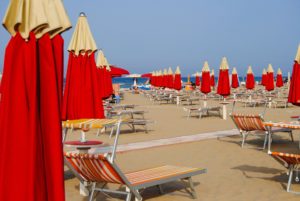
Public beaches are hard to come by and they are not so… convenient. Italians like convenience, and don’t mind crowds. So to pay for an umbrella or access to a caffè/ bar/ ristorante right on the beach to them is worth the cost. In the evening, life gets even better as the town is invaded by the beachgoers as are the nightclubs, discotheques and restaurants.
Where to Stay
Many Italians like to rent apartments. Hotels are popular, but only because Italians opt for a pensione completa, where all three meals are included in the price.
More often then not, they also tend to go back to the same seaside town, same bagno and even the same row and spot year after year. So their umbrella neighbours are the same every year, making their holiday more familiar as it is a sort of reunion.
I remember as a child spending the whole summer in Lignano Sabbia d’Oro with my grandma and uncles. Every year the same people from Rome would be our neighbours. I remember them always commenting how much I grew from the previous year and over the years they became sort of surrogated relatives. As an adult I even visited them in Rome.
If you are looking for that quiet secluded beach, Italy has plenty throughout the peninsula and you’ll be mesmerized by their beauty, tranquility and cleanliness. But, at the same time, spending a couple of days in a crowded one that defines Italian living, is something special too. At least once in your lifetime you should enjoy the “dolce far niente”.
Italian invented it and are masters at it. Why not try it.
Five Beaches Where You Must Go to Experience il Dolce Far Niente
–Rimini or Riccione in the Emilia Romagna region are probably the most famous beaches of Italy amongst Germans and most European tourists. Endless miles of silky sand and lightly sloped coastline with perfectly tempered water. Ideal for adults and children alike.
–Lignano Sabbia d’ Oro is just one hour east of Venice. This golden sand town has beautiful beaches and reasonable rates.
–Senigallia. Further south from Rimini by 100km and closer to Ancona on the Adriatic side of the Italian coast. Great beaches, great food all with warm southern hospitality.
–Versilia. You are in Tuscany and the beaches of Versilia stretch from Forte dei Marmi to Viareggio. Lido di Camaiore probably has the best beach, but anywhere along this 30km stretch you can’t go wrong. Prices in Tuscany tend to be one of the highest in Italy.
–Alassio. This is a small stretch of beach in the Liguria region in the province of Savona. Stupendous small town on the Ligurian Sea rich of entertainment, restaurants and shops.
BONUS Beaches…
Don’t forget the real south, Calabria, in particular Roccella Ionica. The many Islands including Capri, the Emerald Coast in Sardegna and of course Taormina in Sicily
This is Why You Should Go to Italy… It’s An Experience Not Just a Holiday and see for yourself why millions of tourists flock the Italian peninsula every year.
“Til then…Buon vaggio
Are you travelling to Italy and are interested in my assistance, or would like to comment on my post? Just drop a line below or contact me privately at info@italiabound.com.


